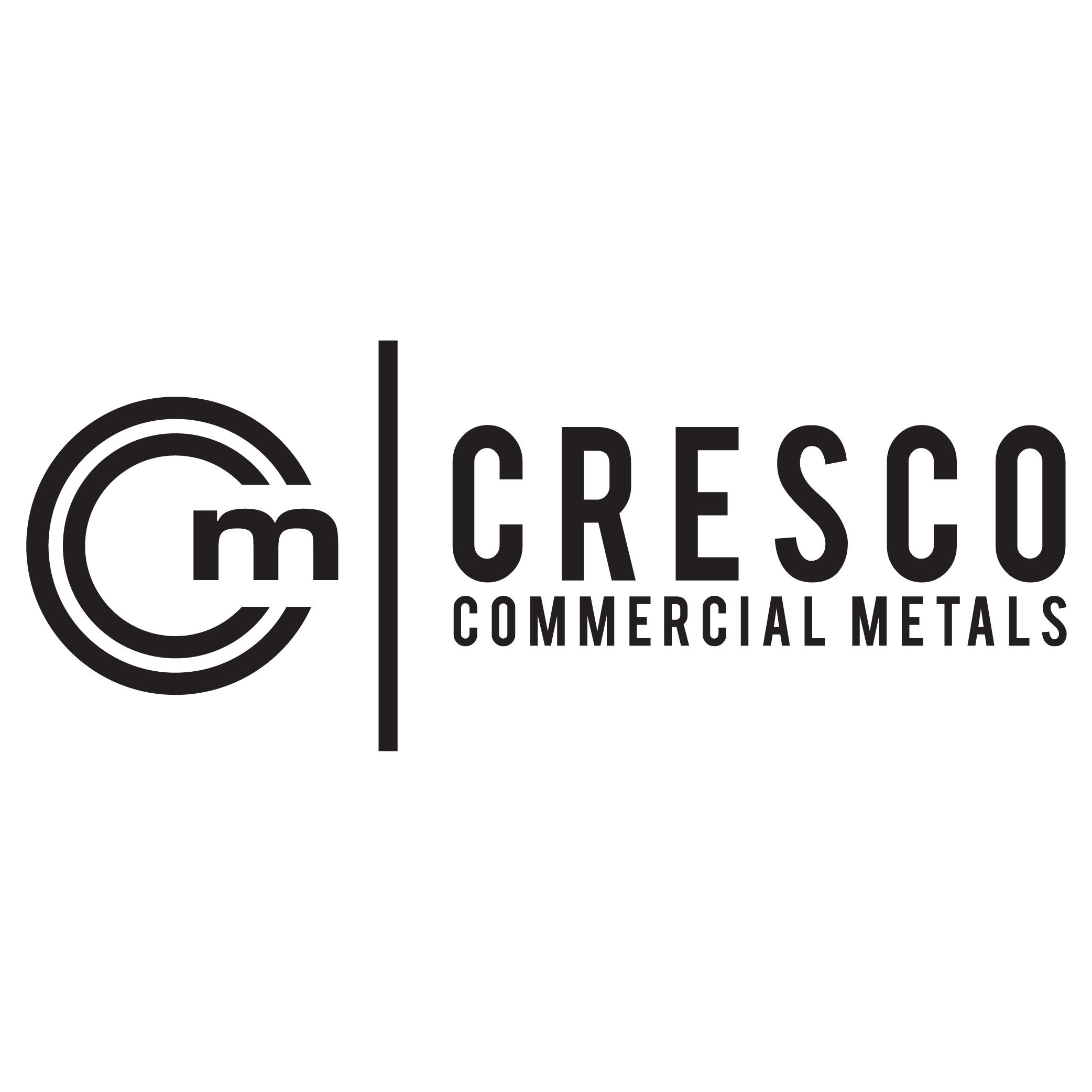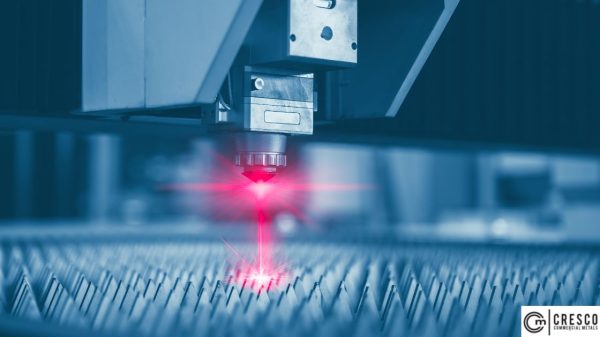Laser cutting, a precise and versatile method of material processing, has gained popularity across various industries. In this article, we delve into the advantages and disadvantages of laser cutting services to help you make informed decisions for your cutting needs.
Advantages of Laser Cutting
Precision and Accuracy
Laser cutting offers unparalleled precision, making it an ideal choice for intricate designs and detailed cuts. The laser beam’s focus ensures accuracy within a fraction of a millimeter, resulting in clean and sharp edges.
Versatility
Laser cutting is compatible with a wide range of materials, including metals, plastics, wood, and ceramics. Whether you need to cut thin or thick materials, laser cutting can accommodate various material thicknesses.
Minimal Material Waste
The focused laser beam minimizes material wastage, contributing to cost-effectiveness. Unlike traditional cutting methods, laser cutting generates minimal offcuts, reducing both material and disposal costs.
Speed and Efficiency
Laser cutting is a swift process, thanks to the high cutting speeds achievable with laser technology. This efficiency makes it an excellent choice for large-scale production runs.
Non-Contact Process
As a non-contact cutting method, laser cutting eliminates the risk of material contamination. This is particularly important in industries where material purity is crucial, such as medical or electronics manufacturing.
Disadvantages of Laser Cutting
High Initial Investment
Setting up a laser cutting system can be costly. However, this investment often pays off in the long run through increased efficiency and reduced material waste.
Material Limitations
While laser cutting is versatile, it may not be suitable for all materials. For example, highly reflective materials like copper and aluminum can be challenging to cut with lasers.
Maintenance Requirements
Laser cutting machines require regular maintenance to ensure optimal performance. Maintenance costs, including laser tube replacements, should be factored into your budget.
Thermal Stress
The heat generated during laser cutting can lead to thermal stress on the material, potentially causing warping or distortion, especially in thin materials.
Environmental Considerations
Laser cutting produces fumes and emissions that require proper ventilation and filtration systems. Compliance with environmental regulations is essential.
In conclusion, laser cutting services offer a wide array of benefits, including precision, versatility, and minimal material waste. However, it’s essential to consider the potential drawbacks, such as the initial investment, material limitations, and maintenance requirements. Assess your specific cutting needs and material compatibility to determine if laser cutting is the right choice for your project.
For more information go to https://crescocustommetals.com/


